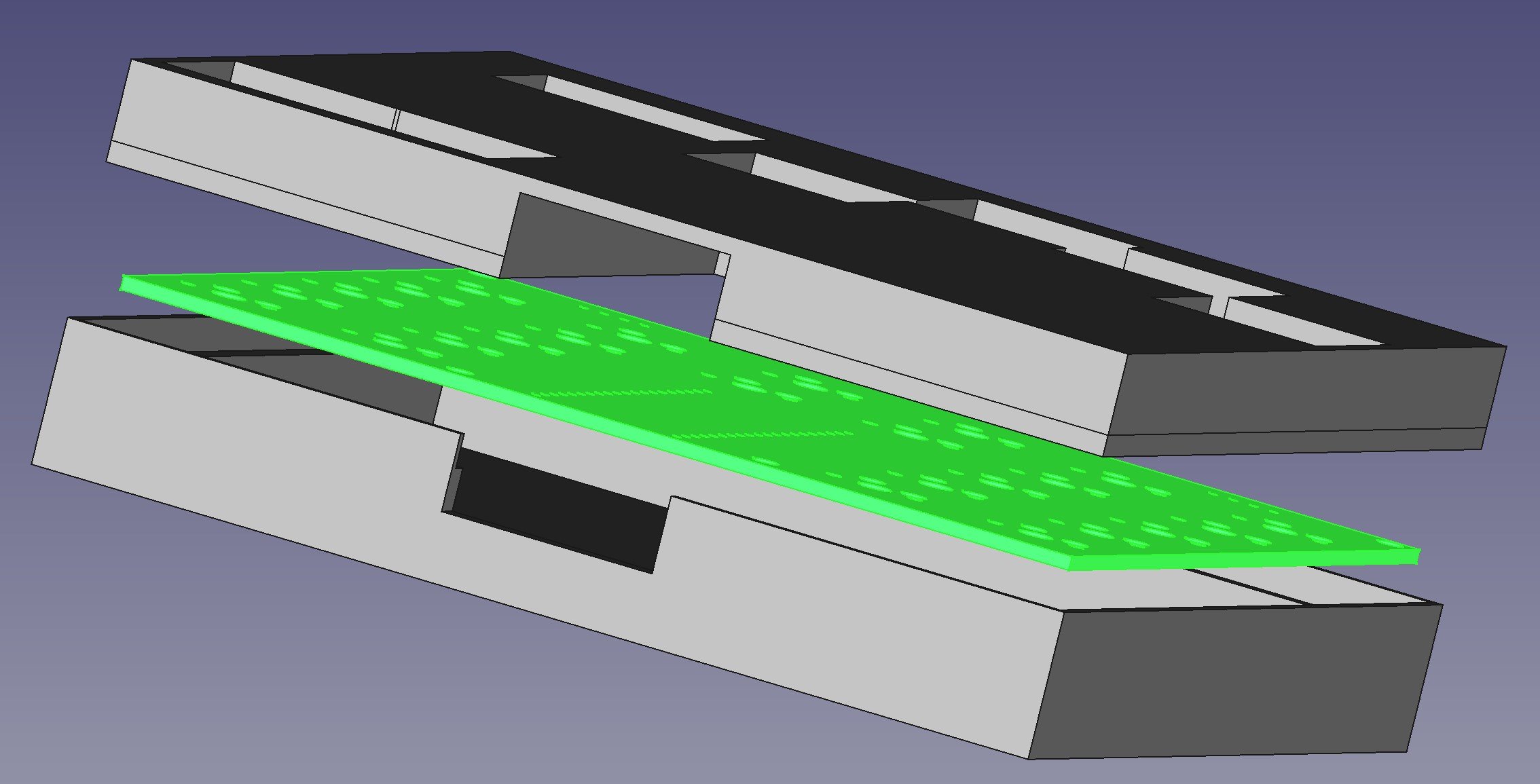Schrodinger's Pico Bluetooth Keyboard
/I’m trying to get Bluetooth working on a Raspberry Pi PICO using MicroPython. I want to make a keyboard that you can pair with a computer and then use without further connection hassles. ChatGPT is being very encouraging and upbeat about the task, but I’m not sure whether it is possible or not. I think I’ll only know that it can be done once I’ve got it working….
Update: I’m pretty sure this is impossible. The aioble library for MicroPython doesn’t support bonding and, although ChatGPT came up with all kinds of fictional ways of making this work, none of them are any good in the real world. Oh well. You learn as much from your failures as you do your successes……




















